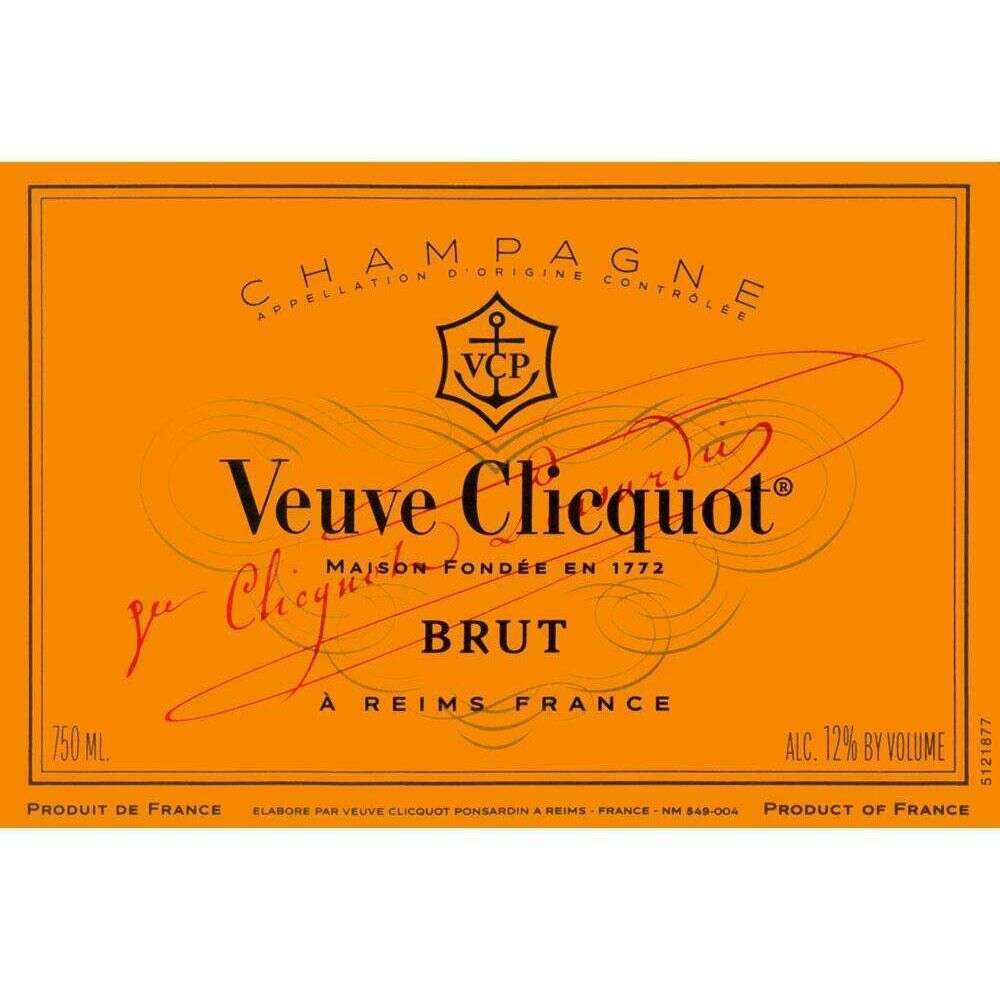Differences Between Tequila and Mezcal Explained
Differences Between Tequila and Mezcal Explained
For those who appreciate the nuanced world of spirits, the distinction between tequila and mezcal isn't just a matter of taste; it's a journey into the heart of Mexican culture, history, and craftsmanship. Both are agave-based spirits, but that is where the similarities often end. This article will unravel the complexities that differentiate these two unique spirits and guide you in choosing the right bottle for your collection.

Agave: The Heart of the Matter
Both tequila and mezcal are made from the agave plant, but the types of agave used are fundamentally different. Tequila is primarily made from the blue agave (Agave tequilana), which is cultivated in the Jalisco region. For a premium experience with tequila, consider trying the 1800 Milenio Extra Añejo Tequila or the El Mexicano Extra Añejo Tequila.
Mezcal, on the other hand, can be made from over 30 different types of agave, including the popular Espadín and the rare Tobalá. This variety allows for a broader range of flavors, some of which can be explored in products like Pelotón de la Muerte Mezcal and Bozal Mezcal Castilla Reserva.
The Production Process: Artistry and Tradition
The production processes for tequila and mezcal are deeply rooted in tradition but diverge significantly. Tequila production is highly regulated and often involves industrial methods, including the use of stainless steel ovens and autoclaves to cook the agave. For a smooth, clean profile, try the Casa de Hamsa Blanco Tequila.
Mezcal, in contrast, is traditionally made in small batches by artisans using age-old methods. The agave is cooked in earthen pits lined with volcanic rock, which imparts a distinct smoky flavor. This artisanal approach can be savored in offerings such as Dos Hombres Mezcal Artesanal and 400 Conejos Joven Mezcal.

Flavor Profiles: A Diverse Palate
Tequila's flavor profile is generally crisp and clean, with notes of citrus, pepper, and herbs. The maturation process affects its taste, with blanco tequilas being fresh and vibrant, while añejo and extra añejo tequilas are richer and more complex. Explore the depth of aged tequila with the El Mexicano Extra Añejo.
Mezcal offers a more diverse flavor spectrum, ranging from floral and fruity to earthy and smoky, thanks to its varied agave sources and traditional methods. Each sip of mezcal can be an exploration of these complex layers, particularly in the carefully crafted Bozal Mezcal Castilla Reserva.
Geographical Indication and Regulation
Tequila is protected by geographical indication, meaning it can only be produced in certain regions of Mexico, primarily Jalisco and parts of Guanajuato, Michoacán, Nayarit, and Tamaulipas. In contrast, mezcal's denomination of origin covers nine regions, including Oaxaca, where the majority of mezcal production occurs, as well as Durango, Guerrero, and Puebla.

Historical and Cultural Context
The history of tequila dates back to the 16th century, when Spanish settlers began distilling agave. It’s now a symbol of Mexican national pride. Mezcal, often considered tequila's older cousin, traces its roots even further back, to the pre-Hispanic era, when indigenous peoples fermented agave.
Both spirits have evolved over the centuries but remain deeply intertwined with Mexican culture, often enjoyed in celebrations and ceremonies, making each sip a link to the past.
Where to Buy
When it comes to purchasing tequila and mezcal, finding a reputable retailer is essential to ensure authenticity and quality. While many local liquor stores offer a selection, online platforms provide a broader range and the convenience of home delivery.
For a curated shopping experience, check out Bourbon Central. They offer a wide selection of both tequila and mezcal, including the premium 1800 Milenio Extra Añejo Tequila and the artisanal Dos Hombres Mezcal Artesanal.
Whether you're a seasoned aficionado or a curious newcomer, understanding the differences between tequila and mezcal can enhance your appreciation of these remarkable spirits. With this knowledge, you're well-equipped to explore the rich tapestry of flavors and traditions that each has to offer.




